

Kerala, famously known as God's Own Country, is a land where emerald backwaters flow in harmony with golden beaches, where the Western Ghats rise with misty hill stations, where rich traditions like Kathakali and Ayurveda flourish, and where people celebrate life with unity, peace, and vibrant festivals, making it one of the most beautiful and culturally rich places in the world. It is a state that blends nature, history, and culture so gracefully that every traveler carries home memories as timeless as the land itself.
.jpg)
Kerala, known as "God's Own Country", is not only famous for its natural beauty but also for its deep connection with mythology. The roots of Kerala begin with fascinating stories that have been passed down for centuries.
One of the most popular myths is the story of Parashurama, the sixth incarnation of Lord Vishnu. According to the legend, Parashurama wanted to atone for his sins after defeating many warriors. He stood at Gokarna and threw his axe (parashu) far into the Arabian Sea. The sea waters moved back, and a long stretch of fertile land rose from beneath the waves. This newly created land was Kerala. Because of this belief, Kerala is often called "the land reclaimed from the sea.
Another important myth is about King Mahabali, also known as Maveli. He was a kind and just ruler who loved his people, and his people loved him in return. During his rule, there was no discrimination, poverty, or sorrow. However, the gods became jealous of his popularity and asked Lord Vishnu for help. Taking the form of Vamana, a dwarf Brahmin, Lord Vishnu asked for three paces of land. With two steps he covered the earth and the sky, and with the third step, he sent Mahabali to the underworld. Even then, Vishnu blessed him with a boon: Mahabali could visit his people once a year. This homecoming of Mahabali is celebrated as Onam, Kerala's biggest and most joyful festival.
These two myths — the creation of the land by Parashurama and the rule of King Mahabali — form the mythological roots of Kerala. They are more than just stories; they reflect the values of Kerala, such as faith, equality, prosperity, and cultural pride. Together, these legends make Kerala not only a land of scenic beauty but also a place of timeless spiritual significance.
Kerala is a state with a rich linguistic heritage, reflecting its culture, history, and trade connections. Languages in Kerala are not just a means of communication—they carry the identity, traditions, and literature of its people.
Kerala's linguistic landscape is a blend of tradition and modernity. While Malayalam forms the backbone of communication, education, and culture, languages like English, Tamil, Kannada, Hindi, and Arabic reflect the state's historical trade, migration, and openness to the world. This multilingualism has helped Kerala become highly literate, culturally rich, and globally connected, making its people both rooted in tradition and adaptable to modern trends.
Kerala, famously known as "God's Own Country", is not only famous for its backwaters, hills, and beaches but also for its vibrant and diverse festivals. The festivals of Kerala reflect the religious, cultural, and social harmony of the state. People from all religions — Hindus, Muslims, and Christians — celebrate their festivals with joy and unity. These festivals are often connected to agriculture, mythology, history, and local traditions, making them unique and culturally rich.
Onam is the most famous festival of Kerala, celebrated by people of all communities. It usually falls in August–September during the Malayalam month of Chingam. The festival commemorates the return of the legendary King Mahabali, who was loved by his people for his kindness and fairness.
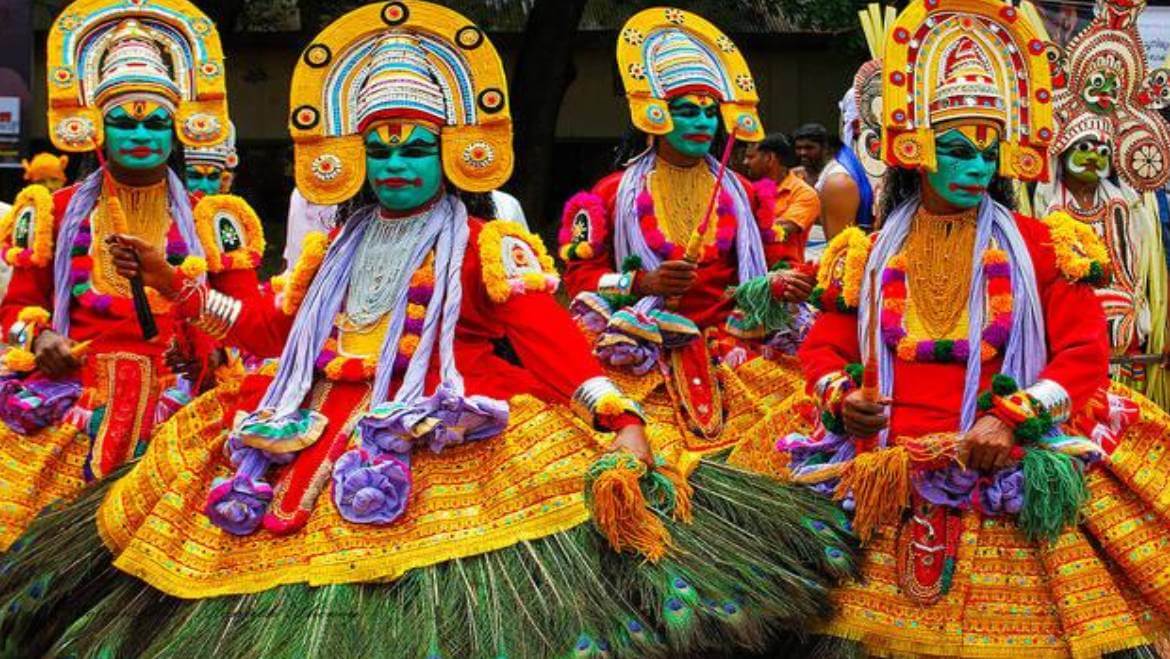
Onam is not only a celebration of harvest but also a festival of unity, equality, and cultural pride, where everyone, rich or poor, participates.
Vishu marks the Malayali New Year and is usually celebrated in April (Malayalam month Medam). The festival signifies the beginning of a new harvest season and symbolizes prosperity and good fortune.
Vishu is a festival that blends family bonding, faith, and cultural rituals, welcoming the new year with hope and positivity.
Thrissur Pooram is one of the largest and grandest temple festivals in Kerala, held at the Vadakkunnathan Temple in Thrissur. It takes place in April–May and is celebrated in honor of Lord Shiva.
Thrissur Pooram showcases Kerala's rich art, culture, and devotion, and is widely known as the "Festival of Festivals."
Kerala has a large Christian population, and Christmas is celebrated with grandeur across the state, especially in Kochi, Alappuzha, and Kottayam.
Christmas in Kerala is not only a religious festival but also a cultural event, where people from other religions often join the celebrations.
Eid is celebrated by Muslims in Kerala, mainly in the Malabar region, with two major events: Eid-ul-Fitr (after Ramadan) and Eid-ul-Adha.
Eid in Kerala highlights the spirit of community, devotion, and sharing, strengthening social bonds.
The festivals of Kerala are a beautiful blend of religion, culture, and community spirit. From the harvest joy of Onam to the spectacular Thrissur Pooram, and from the spiritual celebrations of Vishu, Christmas, and Eid, every festival brings the people of Kerala together. These festivals are not only about rituals but also about unity, joy, prosperity, and cultural pride, making Kerala a state of rich traditions and timeless charm.

Kerala, famously known as "God's Own Country", is not only famous for its scenic backwaters, lush hills, and golden beaches but also for its vibrant and culturally rich cities. Each city in Kerala has a unique identity, history, and charm, reflecting the state's heritage, traditions, commerce, and natural beauty. From ancient ports and trade centers to hill stations and cultural capitals, Kerala's cities attract millions of tourists, students, and professionals every year.
Thiruvananthapuram, the capital of Kerala, is the southernmost city of the state. It serves as the political, cultural, and educational hub of Kerala. This city beautifully combines modernity with tradition.
Padmanabhaswamy Temple: One of the richest and most sacred temples in India, known for its intricate Dravidian architecture.
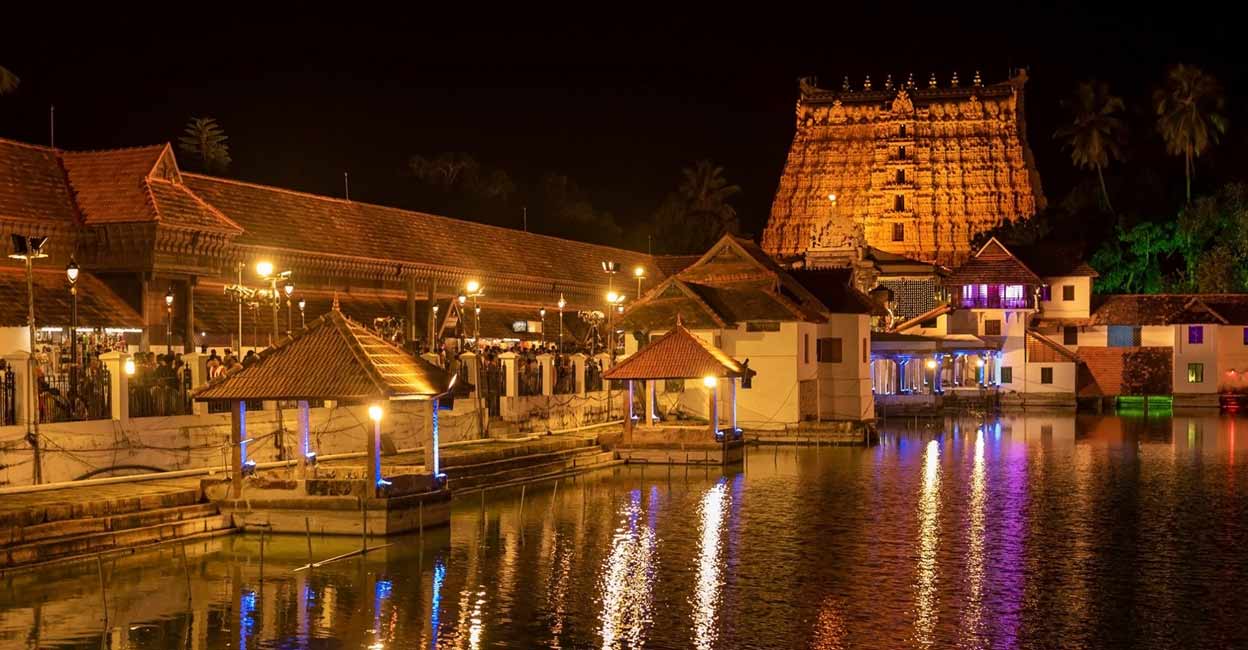
The Padmanabhaswamy Temple is one of the most famous and richest temples in India, located in the heart of Thiruvananthapuram, Kerala. It is dedicated to Lord Vishnu, who is worshipped in the form of Anantha Padmanabha, reclining on the serpent Anantha (or Adishesha). The temple is not only a religious center but also a symbol of Kerala's rich history, culture, and architectural brilliance.
The temple is known for its ancient Kerala-style architecture. It has intricate stone and wood carvings, decorated gopurams (temple towers), and beautifully painted murals depicting Hindu mythology. The temple has seven massive doors, each leading to different vaults and inner chambers, which are considered sacred. Its main sanctum houses the reclining Lord Vishnu, covered with gold-plated ornaments and precious jewels, symbolizing divine wealth and prosperity.
Padmanabhaswamy Temple has a history that dates back several centuries, with references in ancient scriptures and royal chronicles. The temple was patronized by the Travancore royal family, who even pledged themselves as servants of Lord Padmanabha, a tradition called "Saranagathi". The temple played a crucial role in the religious, social, and cultural life of Kerala over the centuries.
In 2011, the temple gained worldwide attention when vast treasures were discovered in its underground vaults, including gold, jewels, and precious artifacts estimated to be worth billions of dollars. This discovery made it one of the richest religious institutions in the world. The treasures also reflect the historical trade, art, and devotion of the people of Kerala.
The temple celebrates major festivals like Alpasi, Painkuni, and Vishu with great pomp and devotion. During these festivals, thousands of devotees visit the temple to seek blessings. The rituals are conducted following strict Vedic traditions, maintaining the spiritual sanctity of the temple.
Padmanabhaswamy Temple is not just a place of worship but also a center of culture and tradition. It has inspired art, literature, and classical music over centuries. The temple architecture and its treasures continue to attract historians, architects, and tourists from around the world.
The Padmanabhaswamy Temple is a unique blend of devotion, history, wealth, and culture. It stands as a symbol of Kerala's spiritual heritage, architectural brilliance, and royal traditions. With its magnificent structure, sacred rituals, and legendary treasures, the temple continues to inspire awe and devotion, making it one of the most important religious and cultural landmarks of India.
Shanghumugham Beach: A serene spot famous for sunsets and evening walks.
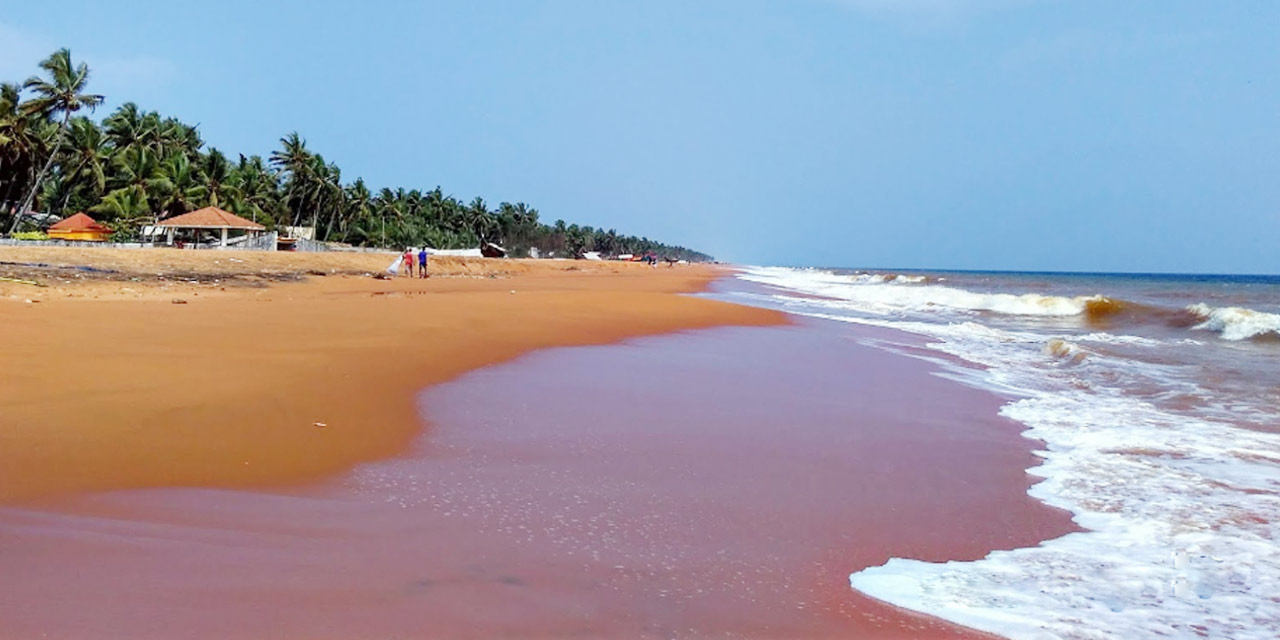
Shanghumugham Beach, located near Thiruvananthapuram, Kerala, is one of the most popular and scenic beaches in the state. Known for its golden sands, calm waves, and peaceful atmosphere, it is a perfect place for evening walks, photography, and relaxation. One of the unique features of the beach is the giant mermaid sculpture, which attracts tourists and adds artistic charm to the coastline.
The beach is easily accessible, being close to Trivandrum International Airport and the city center. Visitors enjoy activities like kite flying, beach sports, jogging, and meditation. During weekends and festivals, the beach becomes lively, with locals and tourists gathering to enjoy the sea and sunsets. Nearby stalls sell fresh coconut water, snacks, and souvenirs, giving a glimpse of Kerala's coastal culture.
Shanghumugham Beach is not only a tourist attraction but also a peaceful getaway, showcasing the natural beauty and coastal charm of Kerala.
Kovalam Beach– Renowned tourist destination with resorts and water sports.
Technopark– One of India's largest IT hubs.
Cultural Significance: Hosts classical arts, museums, and festivals.
Kochi, also called the "Queen of the Arabian Sea", is one of the major port cities and commercial hubs of Kerala. It has a rich history of trade, welcoming merchants from Portugal, the Netherlands, Britain, and China, making it a unique blend of cultures, religions, and architecture.
Kochi is a major center for trade, shipping, and tourism. The Port of Kochi plays a vital role in Kerala's economy. It also has modern IT parks, hotels, and commercial centers, making it a hub for business and education.
Kochi hosts cultural festivals, music events, and art exhibitions, preserving its rich heritage while embracing modernity. Its blend of Indian and European influences attracts tourists from around the
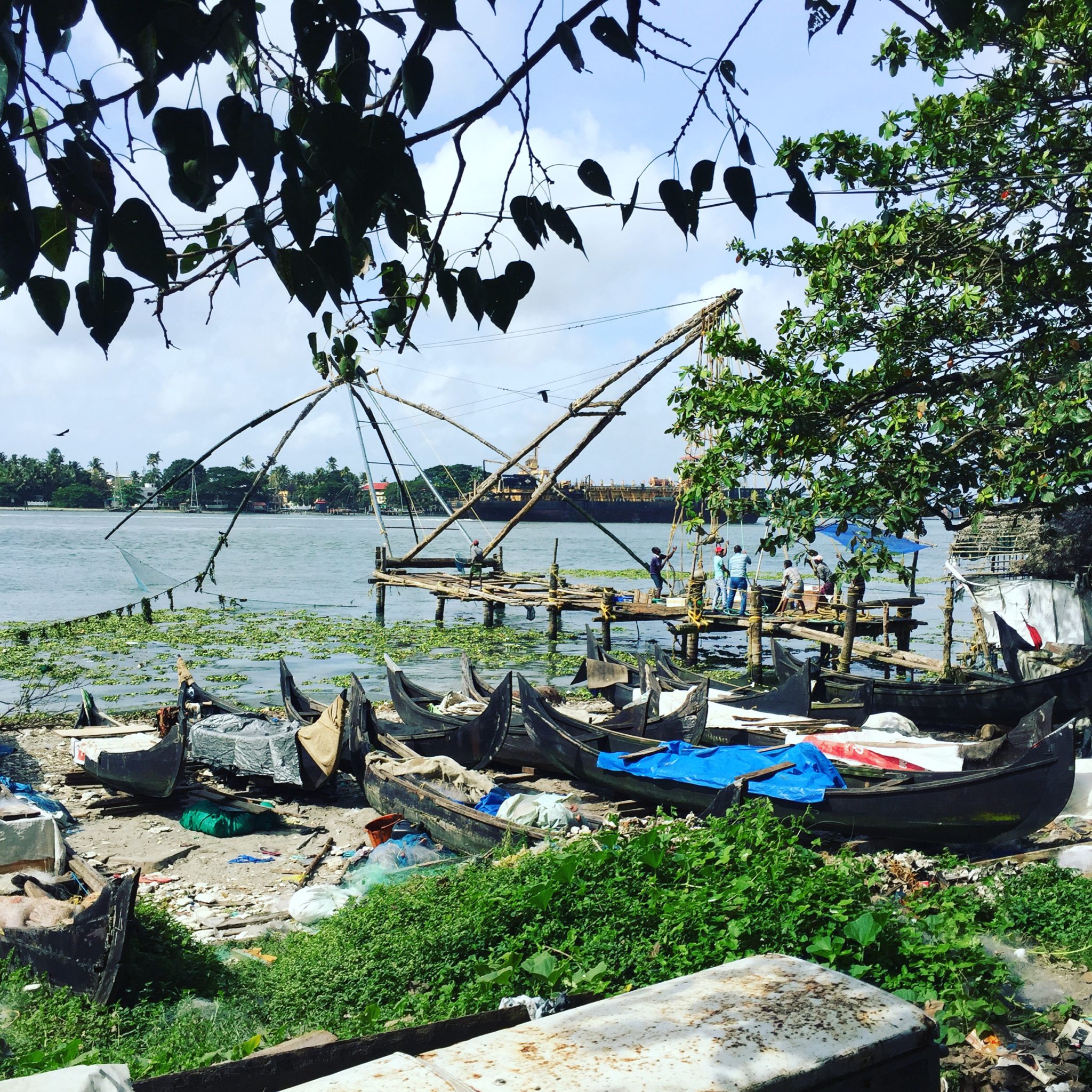
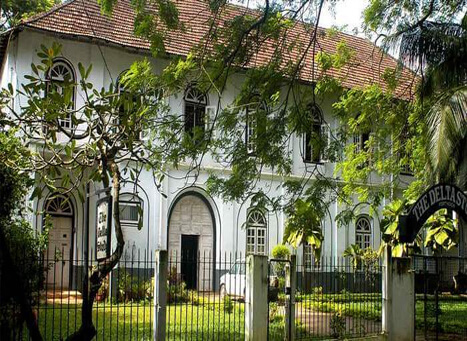
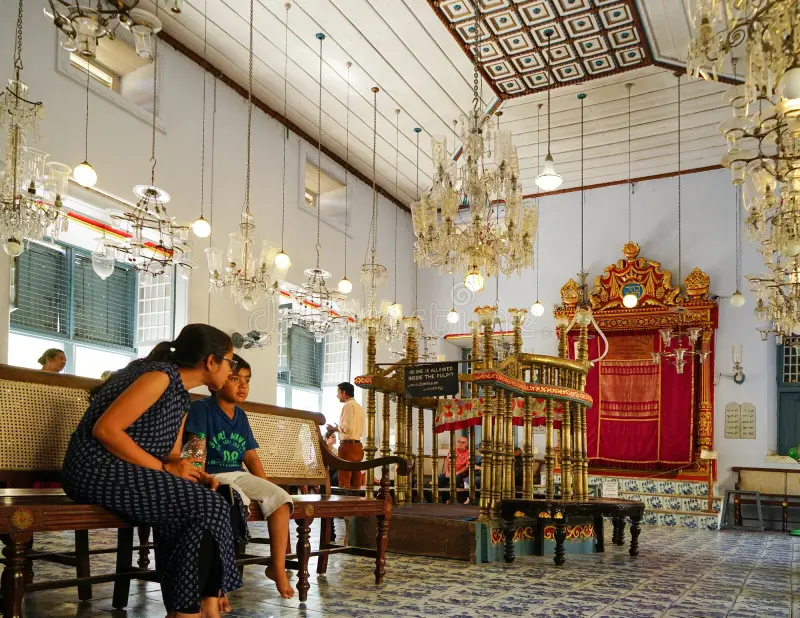
Kozhikode, also known as Calicut, is famous as the City of Spices. It has a rich historical significance as the place where Vasco da Gama landed in 1498, opening sea trade between Europe and India.
Kozhikode is a city where history, commerce, and culture meet, offering both heritage tourism and modern urban amenities.
Alappuzha, famously called the "Venice of the East", is renowned for its serene backwaters, canals, and houseboats. It is a major center for tourism and coir industry.
Alappuzha provides a unique experience of nature, tranquility, and traditional Kerala lifestyle, making it one of the most sought-after tourist destinations.
Thrissur is the cultural capital of Kerala, celebrated for its temples, festivals, and performing arts. It is the heart of Kerala's traditional heritage.
Thrissur is not only a religious center but also a hub for arts, literature, and traditional festivals, reflecting the rich cultural tapestry of Kerala.
Kerala's cities are a perfect blend of history, culture, natural beauty, and modernity. From Thiruvananthapuram's administrative and cultural importance, Kochi's international trade heritage, Alappuzha's serene backwaters, to Thrissur's vibrant festivals and Munnar's picturesque hills, each city contributes to the diverse identity of Kerala. These cities not only attract tourists but also reflect the education, culture, and progressive mindset of the people. Kerala's urban centers, along with hill stations and coastal towns, make it a unique destination that beautifully balances tradition and modern life.
Kerala's fashion is a beautiful blend of tradition and simplicity, reflecting its rich culture, climate, and lifestyle. The clothing style of people in Kerala is often elegant, graceful, and comfortable, made from natural fabrics like cotton and silk that suit the tropical climate.
Kerala's men's fashion is deeply rooted in simplicity, comfort, and elegance, reflecting the state's culture and tropical climate. Unlike many parts of India, where bright colors dominate, Kerala's men prefer white and off-white attires, which symbolize purity and dignity.
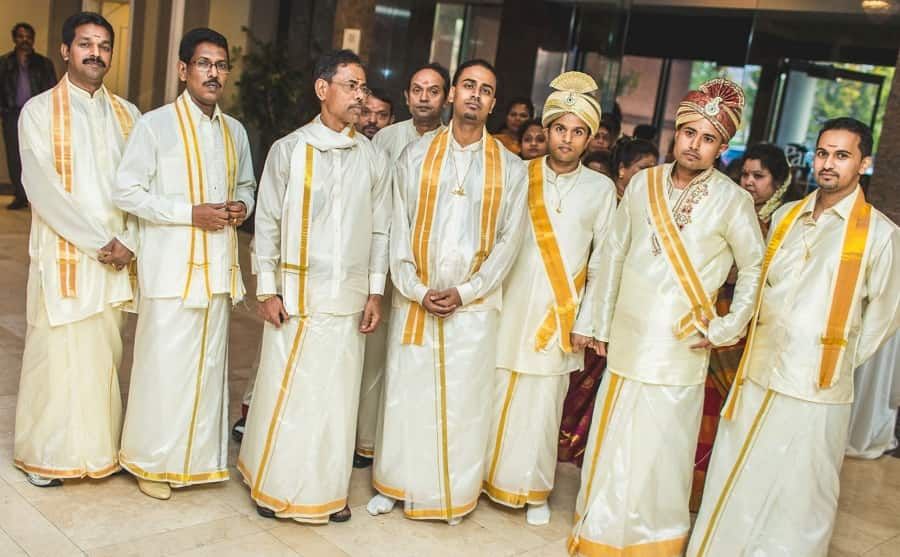
Traditional men's fashion in Kerala, especially the Mundu and Kasavu Mundu, reflects simplicity, culture, and elegance. Even today, while modern fashion has spread widely, the Mundu remains a proud cultural symbol of Kerala men.
Kerala's women's fashion is a blend of elegance, simplicity, and cultural pride. The clothing style mainly uses cotton and silk fabrics, which are comfortable for the state's tropical climate, while also being rich in tradition and beauty.
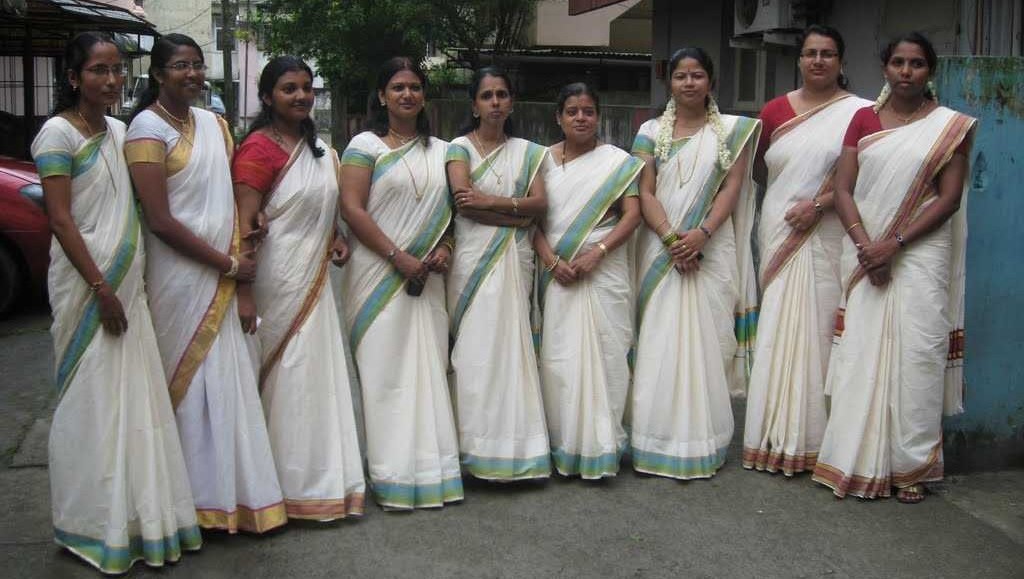
Traditional women's fashion in Kerala, especially the Kasavu Saree and Mundu Neriyathum, reflects the timeless beauty, elegance, and cultural identity of the state. While modern outfits are popular today, Kerala women still proudly embrace their traditional attire during festivals and special occasions, keeping the heritage alive.